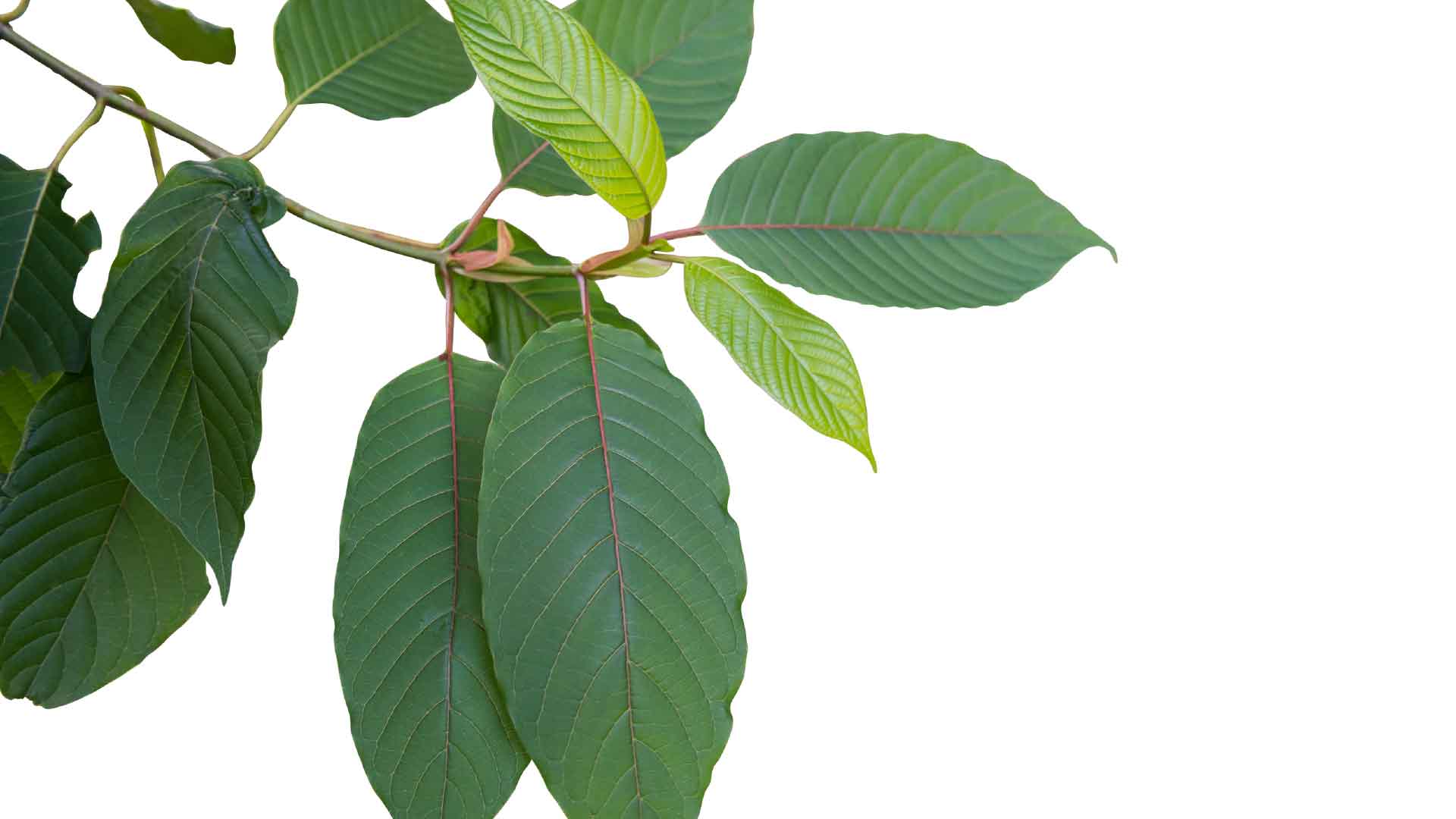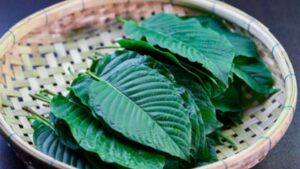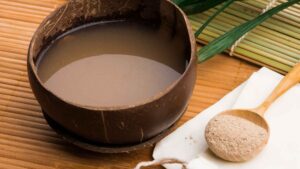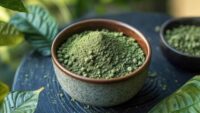Kratom, scientifically known as Mitragyna speciosa, has been a subject of interest for its unique properties and potential therapeutic applications. Among its numerous alkaloids, 7-Hydroxymitragynine (7-OH) stands out due to its potent effects and significant role in the chemical composition of kratom. This guide delves into the world of 7-Hydroxymitragynine, exploring its definition, pharmacology, uses, and legal status.
Introduction to Kratom and Its Alkaloids
Kratom is a tropical evergreen tree native to Southeast Asia, particularly in countries like Thailand and Indonesia. For centuries, it has been used in traditional medicine for its analgesic and stimulant properties. The primary active compounds in kratom are alkaloids, with mitragynine and 7-Hydroxymitragynine being the most notable. While mitragynine is the most abundant alkaloid, 7-Hydroxymitragynine is recognized for its higher potency and distinct pharmacological effects.
What is 7-Hydroxymitragynine?
7-Hydroxymitragynine is a terpenoid indole alkaloid, chemically defined by the formula C23H30N2O5 and a molecular weight of 414.5 g/mol. It is present in kratom leaves in relatively small quantities, typically ranging from 0.01% to 0.04%. Despite its low concentration, 7-OH plays a crucial role in the overall effects of kratom due to its potent bioactivity.
Pharmacology of 7-Hydroxymitragynine
The pharmacological profile of 7-Hydroxymitragynine is characterized by its interaction with opioid receptors. It acts as a potent agonist at the μ-opioid receptor, which is responsible for analgesia and euphoria. Notably, 7-OH has a higher affinity for these receptors than morphine, contributing significantly to kratom’s analgesic properties. Additionally, it functions as a partial agonist at μ-opioid receptors and an antagonist at δ- and κ-opioid receptors, which may help mitigate some of the negative side effects associated with opioid use.
Uses of 7-Hydroxymitragynine
7-Hydroxymitragynine (7-OH), a potent metabolite of mitragynine, has garnered significant attention for its therapeutic potential. Its primary uses are rooted in its analgesic properties and potential applications in managing opioid withdrawal symptoms.
1. Analgesia and Pain Relief
- Potent Analgesic Effects: 7-OH is recognized for its high potency as an analgesic, acting through the μ-opioid receptor. Studies have shown that it is significantly more potent than mitragynine and morphine in producing analgesia.
- Mechanism of Action: It acts as a partial agonist at the μ-opioid receptor, which may offer a safer therapeutic window by reducing the risk of respiratory depression compared to traditional opioids.
2. Opioid Withdrawal Management
- Traditional Use: Kratom, and by extension 7-OH, has been traditionally used to alleviate symptoms of opioid withdrawal. Its ability to act on opioid receptors without causing severe respiratory depression makes it a potential tool in managing withdrawal.
- Future Therapeutic Applications: Research into 7-OH could lead to novel treatments for opioid addiction, leveraging its unique pharmacological profile to reduce withdrawal symptoms while minimizing the risk of dependency.
3. Potential for Novel Therapeutics
- G-Protein Biased Agonism: 7-OH exhibits G-protein biased agonism at the μ-opioid receptor, which may provide analgesia with fewer side effects, such as respiratory depression.
- Development of Safer Opioids: The Mitragyna alkaloid scaffold, including 7-OH, offers a promising framework for developing functionally biased opioid modulators with improved safety profiles.
Legal Status of 7-Hydroxymitragynine
The legal status of 7-Hydroxymitragynine is closely tied to that of kratom itself. In many countries, kratom and its alkaloids, including 7-OH, are regulated or banned due to concerns over their potential for abuse and dependency. In the United States, for example, kratom is not federally regulated but is banned in several states. Similarly, in Europe, kratom is legal in some countries but heavily restricted in others. It is essential to check local laws before purchasing or using products containing 7-Hydroxymitragynine.
FAQ’s
Due to its potent opioid-like effects, 7-OH should be used responsibly and under proper guidance. It is not recommended for recreational use due to potential risks of dependency and side effects.
Common side effects may include nausea, dizziness, and constipation. Long-term use can lead to dependency and withdrawal symptoms. Always consult a healthcare professional before using products containing 7-OH.
7-OH is often consumed as part of kratom products, such as capsules or extracts. Semi-synthetic products with high concentrations of 7-OH are also available, typically administered sublingually for rapid absorption.
Conclusion
7-Hydroxymitragynine is a crucial component of kratom, offering significant therapeutic potential due to its potent analgesic properties. As research continues to uncover more about this alkaloid, its role in the chemical composition of kratom and its uses are becoming increasingly important. However, the legal landscape surrounding 7-OH remains complex, necessitating caution and awareness of local regulations. Whether you are interested in kratom alkaloids for their potential benefits or simply curious about the science behind them, understanding 7-Hydroxymitragynine is essential for navigating the world of kratom effectively.
Recommended Readings:






















